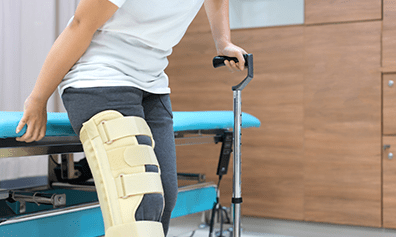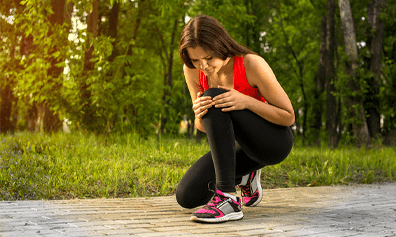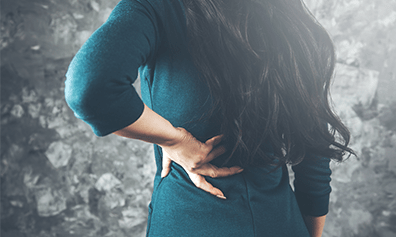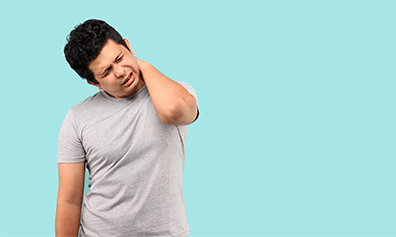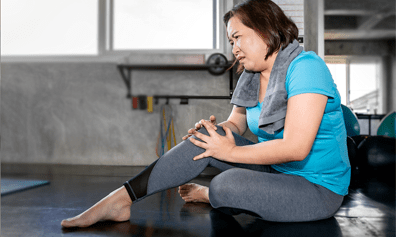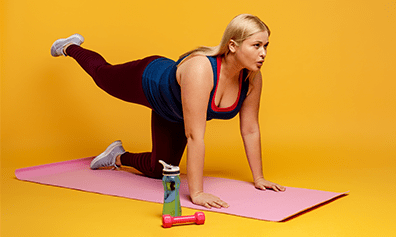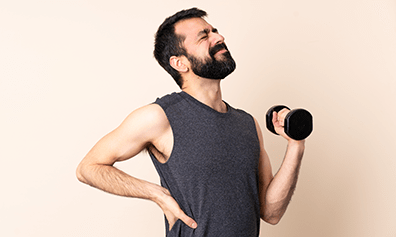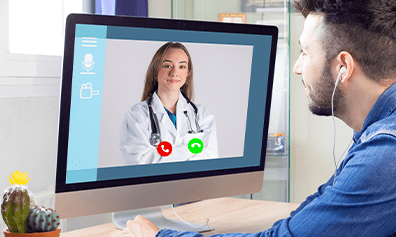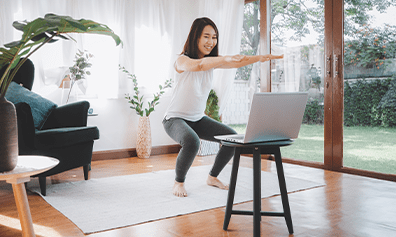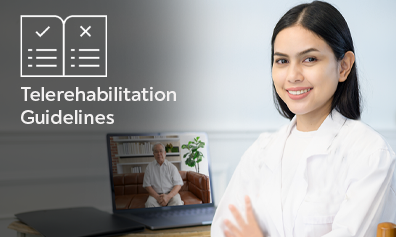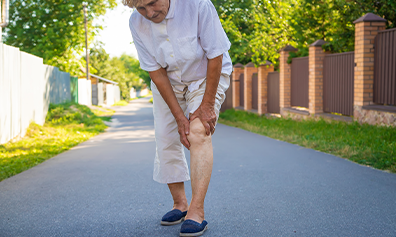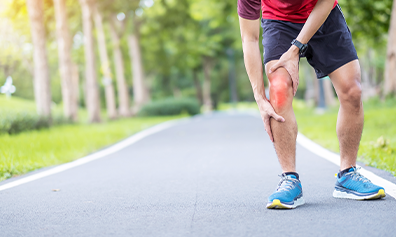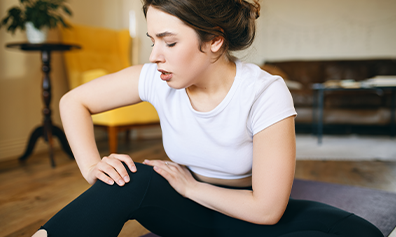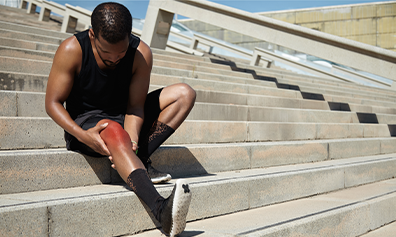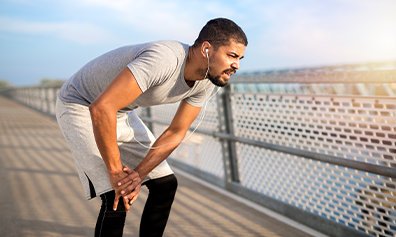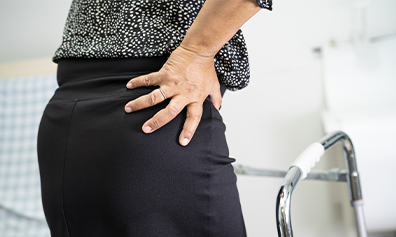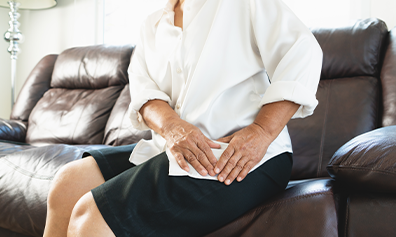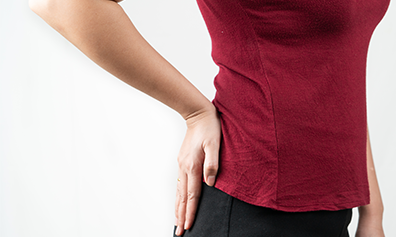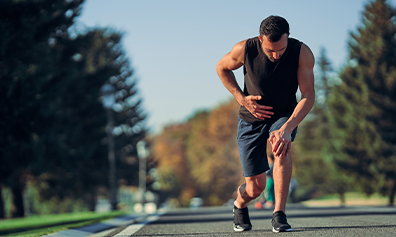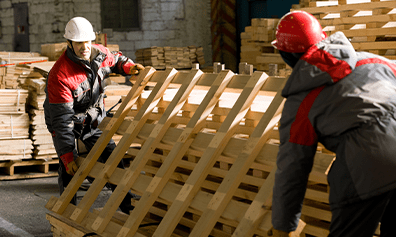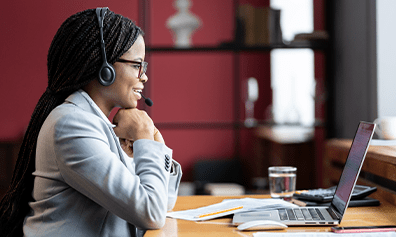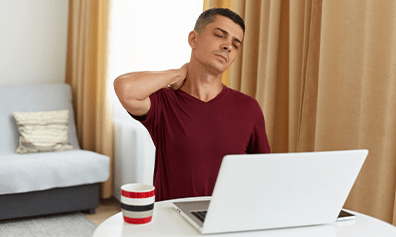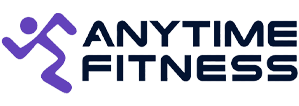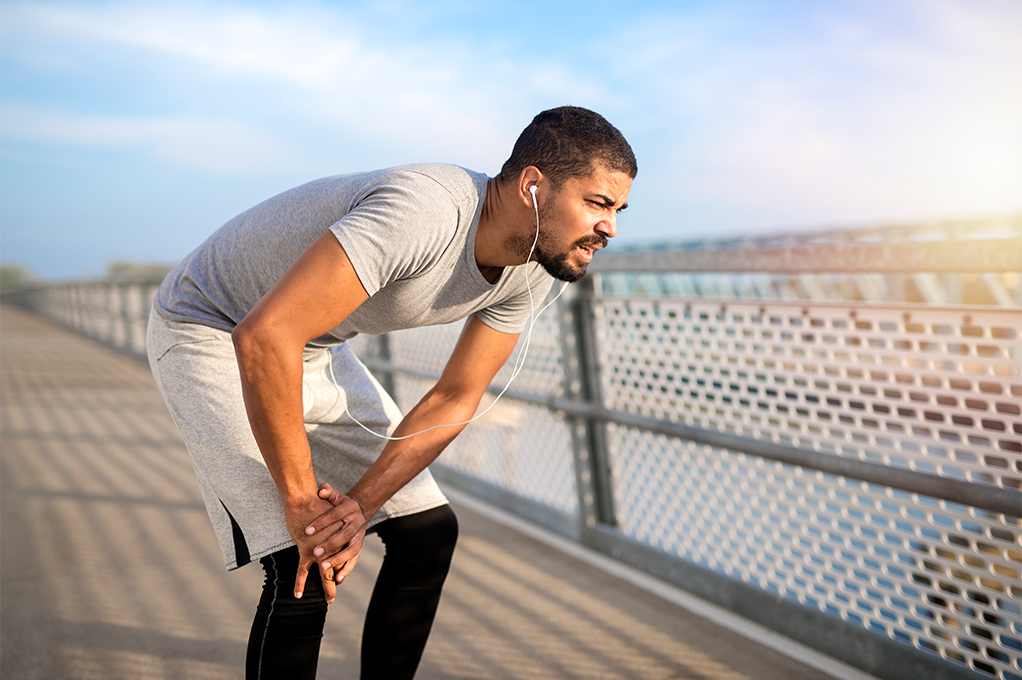
Understanding the function of ACL
The Anterior Cruciate Ligament (ACL) runs diagonally in the middle of the knee
It performs the following functions:
- 1.Prevents the knee from losing stability in the forward direction
- 2.Provides rotational stability to the knee
- 3.Stabilizes the knee during movements like bending (of the knee)
- 4.Along with the PCL, the ACL also protects the knee from hyperextension.
Why does ACL injury occur?
An ACL tear is usually sudden and is regularly seen in contact and non-contact sports.
It often occurs:
- • As a result of cutting or pivoting maneuvers, an athlete plants a foot and suddenly shifts direction.
- • When a person lands on one leg, such as when jumping in volleyball or basketball.
- • When the knee is hit directly, especially when it is hyper-extended or bent slightly inward
- • During a sudden slowing or stopping from running, which can cause the ligament to hyper-extend.
- • Through repeated stress to the knee, which can cause the ligament to lose elasticity.
- • When the knee is bent backward or twisted, which can occur during a fall or landing a jump awkwardly
Risk factors for ACL injury
The following factors increases the risk of an ACL injury:
- • Female gender- The rate of ACL injuries is three times higher in female athletes than in males.1 Although the exact reason is unknown, some of the potential reasons include differences in muscle conditioning, control, and strength.
- • Participation in specific sports - ACL tears commonly occur in basketball, soccer, football, volleyball, downhill skiing, lacrosse, and tennis. These sports require frequent and sudden deceleration, such as cutting, pivoting, or landing on one leg.
- •Previous history of ACL injury - The risk of re-tearing a previously repaired ACL is approximately 15% higher than the risk of tearing a normal ACL.2 The risk of an ACL tear in the opposite knee is also higher once the injury has occurred first.
- • Age - ACL tears are most common between the ages of 15 and 45, mostly due to the more active lifestyle and higher participation in sports during these ages..
What does ACL injury feel like?
- • Occurs after either a cutting maneuver or single-leg standing, landing, or jumping
- • There may be an audible pop or crack at the time of injury.
- • A feeling of initial instability which may be masked later by extensive swelling.
- • Episodes of giving way especially on pivoting or twisting motions.
- • A torn ACL is extremely painful, particularly immediately after sustaining the injury
- • Swelling of the knee, usually immediate and extensive, but can be minimal or delayed
- • Inability to fully extend the knee
- • Widespread mild tenderness.
- • Tenderness at the medial side of the joint may indicate cartilage injury.
How do you confirm the diagnosis of ACL injury?
A series of orthopedic tests conducted by your physical therapist and radiographs taken by your doctor will help confirm the diagnosis of ACL injury.
How to manage ACL injury?
minor tears (sprains) may heal with non-surgical treatments and regenerative medicine therapy. However, full ACL tears cannot be healed without surgery. Physical therapy rehabilitation may be all you need if your activities do not involve making pivoting movements on the knee.
Conservative Management
- • Rest- General rest is necessary for healing and limits weight bearing on your knee
- • Ice- Try icing your knee at least every two hours for 20 minutes at a time.
- • Compression - Wrap an elastic bandage or compression wrap around your knee
- • Elevation - Lie down with your knee propped up on pillows.
How do I prevent future ACL injury?
Recent attention has focused on preventing ACL injuries, especially in young females who participate in high-risk sports.
- • Biomechanical analysis with direct feedback to the athlete to improve position and movement patterns, including cutting and landing techniques
- • Strength training, especially of the hamstring and gluteus maximus muscles
- • Proprioceptive training, such as use of a wobble-board, to improve muscle strength, balance, and reaction times.
Proprioceptive training
Proprioception refers to the body’s ability to perceive its position in space. In addition, proprioception allows the body to perform simultaneous actions without stopping to think about each one separately, such as running while dribbling a basketball.2 Proprioception is necessary for precise and fluid movements, making it essential to athletes and non-athletes alike.
certain exercises can be done to restore proprioception lost due to injury. The main objectives of these exercises are to:
- • Improve spatial awareness
- • Improve balance
- • Increase a sense of joint position
Below are step-by-step directions for simple proprioceptive exercises. Most of these exercises do not require the use of fitness devices. However, fitness devices can be added to increase difficulty in some cases.
One leg balance
This simple exercise will improve overall stability and ankle proprioception.
- 1.Balance on one leg
- 2.Bend the knee of the opposite leg, so that it remains off of the floor
- 3.Hold for 1 minute, with 10 to 20 seconds of rest in between, 3 to 4 times on each side
To increase the difficulty of this exercise, close your eyes or stand on a pliable surface, such as a BOSU ball or an Airex pad. A BOSU ball is a fitness device that includes an inflated rubber hemisphere attached to a stable platform. An Airex pad is made of soft foam or gel material that helps to challenge one’s balance and joint stability.
Unilateral 3-way kick
This exercise focuses on balance and core strength.
- 1.Begin by standing on one leg
- 2.With flexed toes, raise the opposite leg off the floor, then lower it back to the starting position
- 3.Repeat this to the back and side with each leg
To increase the difficulty of this exercise, stand on the edge of an uneven surface, such as a foam pad.
Shoulder wall ball stability
The shoulder is crucial to posture and neck support. This exercise improves strength regardless of an injury.
- 1.Place a large exercise ball against a wall, keeping it in place with one hand
- 2.Maintain an extended elbow but avoid locking it or hyperextended
- 3.Make small circles with arm, moving the ball and keeping the arm extended
- 4.Continue for 30 seconds to 1 minute
- 5.Repeat with other arm
The following advanced exercises focus on strength, balance, and joint stability simultaneously. They are most effective when done regularly, over 4 to 6 weeks.
Single leg squat
Single leg squats engage knee and ankle proprioceptors and exercise the leg and gluteal muscles.
- 1.Stand with both arms extended in front of the body
- 2.Balance on one leg with the non-weight-bearing leg extended forward, with the foot off the ground and as high as comfortable
- 3.Squat down as far as possible while keeping the extended leg off the floor/li>
- 4.Raise the body to .the upright position
- 5.Repeat 3 to 5 times on each side
This activity is advanced and should be modified if necessary. Modifications include resting a hand on a handrail or performing a squat with the toes of the non-weight-bearing leg resting on the floor throughout the motion.
Cone pick-ups
This exercise is designed to challenge balance and proprioception while also improving strength
- 1.Begin in a standing upright position with a cone (or other object) on the floor
- 2.Bend forward at the hips, letting one leg extend backwards while simultaneously reaching down to pick up the object and return to the starting position
- 3.Place object back on the floor in the same way and repeat
To increase quad/thigh strength, a single-leg squat (described above) can be incorporated into this exercise.
Crossover walk
The crossover walk is ideal for people recovering from knee injuries or for those looking to improve knee proprioception.
- 1.Begin with feet a little more than shoulder width apart
- 2.Gently bend the knees to a 45-degree angle
- 3.Cross one leg over the over the other, taking a large step to one side
- 4.Step out so that feet are returned to original position
- 5.Do this 5 to 10 times in both directions
This exercise should be done slowly to concentrate on the movements.
Telehealth to Your Rescue
During these times of global pandemic, it can be challenging to find the help you need to maintain your joint health. But with telerehabilitation services, you can get the benefits of physical therapy from the comfort of your home without worrying about exposure or transport.
TheraNow, one of the best telerehabilitation services with excellent expertise in the field of online physical therapy, with our team of virtual physical therapists who are waiting to provide you the care you need to get your life back in its happy place. You can book your appointment by visiting us at Theranow: Online Physical Therapy Services
References:
1. Sutton KM, Bullock JM. Anterior cruciate ligament rupture: differences between males and females. J Am AcadOrthop Surg. 2013 Jan;21(1):41-50. DOI: 10.5435/JAAOS-21-01-41. Review. PubMed PMID: 23281470.
2. Wiggins AJ, Grandhi RK, Schneider DK, Stanfield D, Webster KE, Myer GD. Risk of Secondary Injury in Younger Athletes After Anterior Cruciate Ligament Reconstruction: A Systematic Review and Meta-analysis. Am J Sports Med. 2016;44(7):1861-76.

